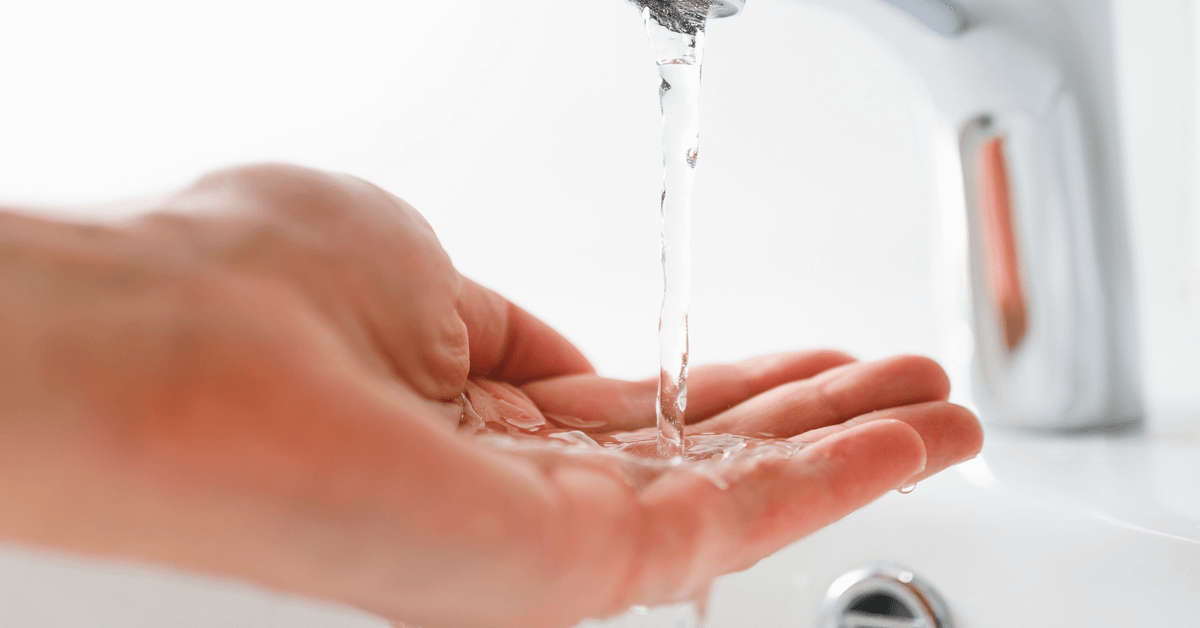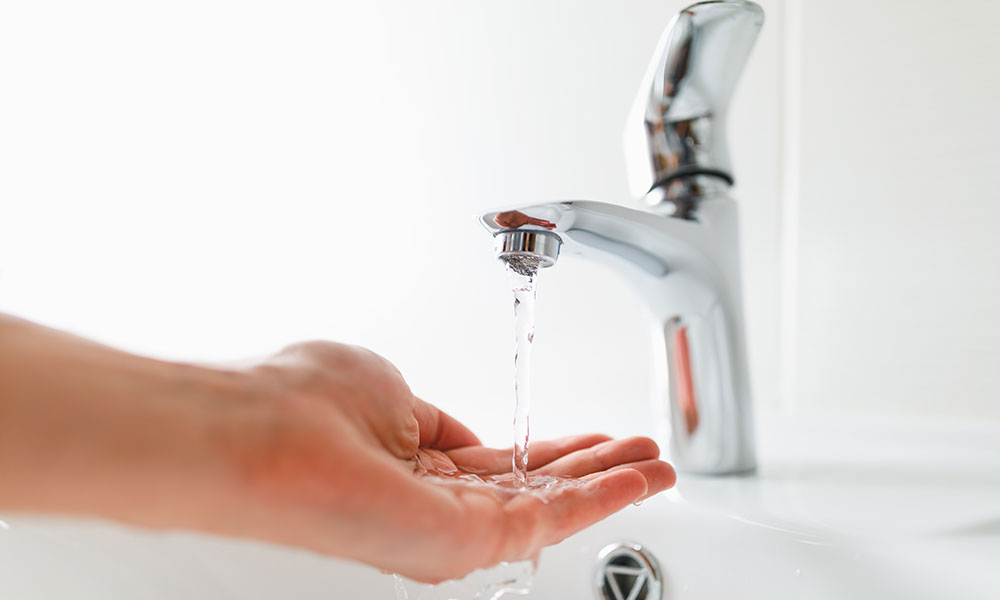Practical Remedies for Managing Low Water Pressure in Your Home
Practical Remedies for Managing Low Water Pressure in Your Home
Blog Article
The author is making a few good observations relating to Low Water Pressure in the House? as a whole in this great article which follows.

Low tide pressure in your home can be an irritating issue, influencing every little thing from showering to washing meals. If you're experiencing weak water circulation, there are numerous possible causes and solutions to discover. In this overview, we'll go over usual factors for low water stress and practical actions to address the concern successfully.
Introduction to Low Tide Pressure
Low tide stress takes place when the circulation of water from your faucets, showers, and various other components is weak than common. This can make daily tasks more difficult and much less effective. Recognizing the reasons for low water stress is vital to finding the ideal service.
Typical Sources Of Low Water Stress
Pipeline Obstructions
In time, pipelines can end up being obstructed with natural resource, sediment, or particles, limiting the circulation of water. This is a typical issue in older homes with galvanized steel pipelines.
Deterioration
Deterioration within pipes can cause leaks and reduced water stress. Corrosion accumulation can tighten water circulation, specifically in maturing plumbing systems.
Faulty Stress Regulators
Stress regulatory authorities are in charge of preserving consistent water stress in your house. If they malfunction, it can lead to low tide pressure or irregular circulation throughout the house.
Municipal Water System Issues
In some cases, the problem exists outside your home. Community water supply problems, such as main line leaks or maintenance work, can temporarily reduce water stress in your location.
How to Identify Low Water Stress
Inspecting Taps and Components
Begin by testing the water pressure at various taps and fixtures throughout your home. If the issue is isolated to particular locations, it may suggest local issues.
Inspecting Pipes
Inspect noticeable pipes for signs of leaks, rust, or clogs. Take notice of any type of uncommon audios, such as knocking or rattling pipes, which could indicate problems within the plumbing system.
Consulting with a Plumber
If you're incapable to determine the reason for low water stress, think about employing an expert plumber to carry out a thorough assessment. They can determine underlying problems and recommend appropriate solutions.
Do It Yourself Solutions to Deal With Low Water Stress
Cleaning Up Aerators and Showerheads
Natural resources can build up in aerators and showerheads, decreasing water circulation. Get rid of and clean up these parts regularly to enhance water pressure.
Flushing Water Heater
Debris build-up in the hot water heater can restrict flow and reduce performance. Purging the storage tank regularly aids remove debris and maintain optimal performance.
Checking Pressure Regulatory Authority
Ensure that the pressure regulator is operating properly. Readjusting or changing the regulatory authority can aid bring back proper water stress throughout your home.
Clearing Clogs in Pipes
For minor obstructions, try using a plumbing serpent or chemical drain cleaner to clear obstructions in pipelines. Be cautious when making use of chemicals and adhere to security guidelines.
When to Call an Expert Plumber
If DIY efforts fall short to settle the problem or if you believe significant plumbing issues, it's ideal to look for assistance from an accredited plumber. They have the experience and devices to resolve intricate issues safely and effectively.
Preventive Measures to Keep Water Pressure
Regular Upkeep
Set up routine upkeep for your plumbing system to prevent concerns such as deterioration, leaks, and obstructions. Attending to minor problems early can assist prevent even more substantial fixings later on.
Mounting a Pressure Booster
Consider mounting a stress booster pump to boost water pressure in locations with continually low circulation. This can be particularly advantageous for multi-story homes or residential properties with high-demand fixtures.
Monitoring Water Use
Bear in mind water usage habits and prevent ill-using the plumbing system. Simple changes, such as astonishing showers and laundry lots, can aid keep appropriate water pressure.
Verdict
Dealing with low water stress can be irritating, yet identifying the underlying reasons and applying appropriate options can bring back optimum flow throughout your home. Whether it's cleaning up aerators, examining pipes, or speaking with a plumber, taking aggressive steps can guarantee a constant supply of water for your day-to-day needs.
FOUR WAYS TO FIX LOW WATER PRESSURE NOW
Turning on a shower or faucet only to find the water comes out in a sad, slow drizzle is never a good feeling. How exactly are you supposed to wash a pan or take a quick shower when it takes 10 minutes just to rinse off a little soap? The good news is that when your water pressure is bad, there's always a cause: typically one that can be easily fixed. Here are some of the most common causes of low pressure and what you can do to fix the issue:
DEBRIS AND MINERAL DEPOSIT BUILDUPS
If you notice low water pressure from just one or two of the fixtures in your house, the problem likely has to do with debris buildup. Water is full of minerals and other debris, all of which can accumulate in your pipes and on your fixtures. This can cause a blockage that affects how much water flows through. To fix this, try filling a small plastic bag with white vinegar, and use a rubber band to hang it around your showerhead or faucet. Let the head of the fixture soak for a few hours, and the vinegar should loosen the deposits.
WATER LEAKS
Leaks are another common cause of low water pressure. If water is flowing out of your plumbing through a hole or crack before it can reach your fixture, the pressure coming out of the faucet or showerhead will be lower. A plumbing professional is your best bet for finding and repairing a leak in your water supply pipes.
Leaks are another common cause of low water pressure. If water is flowing out of your plumbing through a hole or crack before it can reach your fixture, the pressure coming out of the faucet or showerhead will be lower. A plumbing professional is your best bet for finding and repairing a leak in your water supply pipes.
FOUR WAYS TO FIX LOW WATER PRESSURE NOW
Turning on a shower or faucet only to find the water comes out in a sad, slow drizzle is never a good feeling. How exactly are you supposed to wash a pan or take a quick shower when it takes 10 minutes just to rinse off a little soap? The good news is that when your water pressure is bad, there's always a cause: typically one that can be easily fixed. Here are some of the most common causes of low pressure and what you can do to fix the issue:
DEBRIS AND MINERAL DEPOSIT BUILDUPS
If you notice low water pressure from just one or two of the fixtures in your house, the problem likely has to do with debris buildup. Water is full of minerals and other debris, all of which can accumulate in your pipes and on your fixtures. This can cause a blockage that affects how much water flows through. To fix this, try filling a small plastic bag with white vinegar, and use a rubber band to hang it around your showerhead or faucet. Let the head of the fixture soak for a few hours, and the vinegar should loosen the deposits.
WATER LEAKS
Leaks are another common cause of low water pressure. If water is flowing out of your plumbing through a hole or crack before it can reach your fixture, the pressure coming out of the faucet or showerhead will be lower. A plumbing professional is your best bet for finding and repairing a leak in your water supply pipes.
Leaks are another common cause of low water pressure. If water is flowing out of your plumbing through a hole or crack before it can reach your fixture, the pressure coming out of the faucet or showerhead will be lower. A plumbing professional is your best bet for finding and repairing a leak in your water supply pipes.
A VALVE ISSUE
If you have low water pressure throughout your home, check your main shut-off valve to make sure it's completely open. You may also want to see if there's a pressure-reducing valve installed. If there is, have a plumber help you adjust the settings to get the pressure you're looking for.
OTHERS USING WATER
Believe it or not, your low water pressure could be caused by your neighbors. If you notice low pressure at certain times of day, it may be because you and the people living next to you have similar schedules - when everyone is showering at the same time, the pressure will be lower in every home. Low pressure throughout the neighborhood may also be caused by an issue with your municipal water supply. If that's the case, call the supplier to see if they're working on the issue.
https://www.rotorooter.com/blog/water-leaking/low-water-pressure-fixes/

We had been guided to that article on Low Water Pressure in the House? from a friend on our other blog. So long as you enjoyed reading our blog post please do not forget to share it. We recognize the value of reading our article about 10 Reasons for Low Water Pressure in Your House.
Details Report this page